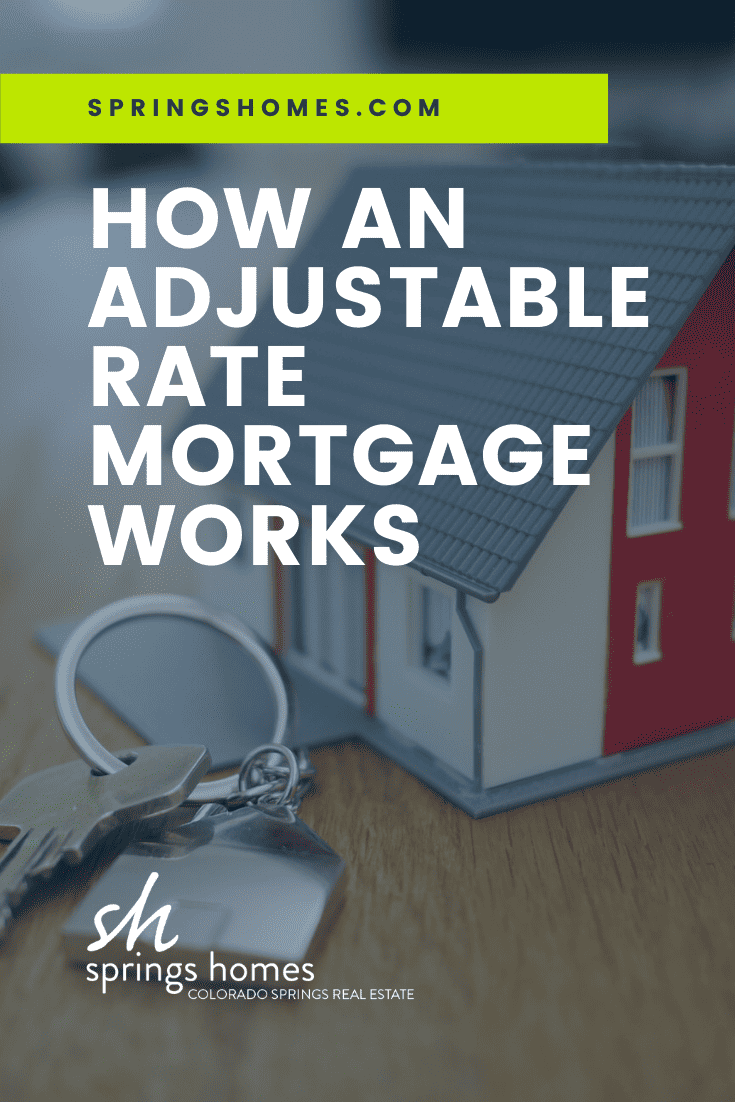 We have all heard about adjustable-rate mortgages, but the vast majority of us have never really given it more than a moment of thought. Also known as an ARM, most of these mortgages probably remind us of the 2008 financial crisis. Just exactly how do adjustable rate mortgages work?
We have all heard about adjustable-rate mortgages, but the vast majority of us have never really given it more than a moment of thought. Also known as an ARM, most of these mortgages probably remind us of the 2008 financial crisis. Just exactly how do adjustable rate mortgages work?
If you ever wanted to know how an adjustable-rate mortgage works, then now is your chance. Let’s discuss how an ARM works, what types of consumers they are geared towards, and whether or not they are a viable type of mortgage to consider when compared to a traditional mortgage.
An ARM Defined
To understand what an adjustable-rate mortgage is, it’s easiest to comprehend it when we compare it to your standard fixed-rate mortgage. Everyone knows how this one works.
Fixed Mortgage
- The interest rate you qualify for never changes over the life of your loan
- You make the same mortgage payments over the life of the loan.
- There are no surprises and no extra fees if you decide to sell your home early or pay it off in a lump sum.
The ARM has an interest rate that can change. And it probably will. Since the rate on this latter type of mortgage can go up, this means that your mortgage payment will go up.
But what you might not know now is that the rate on an ARM can go down. And as you guessed it, your mortgage payment would go down too.
So an ARM is a mortgage that has an interest rate that can both increase and decrease over time.
The Nitty Gritty on an ARM
There are a variety of moving parts that a consumer should be aware of.
- The only reason ever to sign up for an adjustable-rate mortgage is that the interest rate will always be lower than the conventional type. Thus initial payments will be lower.
- Each ARM will have an initial fixed period where the rate cannot change. This period is also known as the Teaser period. This might be 3 or 5 years, or it could be 10.
- Each ARM will reset. This is the period where your rate can change.

Now you’re probably asking what determines whether or not the interest rate goes up or down.
This is called the Benchmark interest rate. You will need to look in the loan documentation to see which benchmark yours is tied to. This will determine whether your interest rate will go up or down.
ARM Caps
Let’s discuss the importance of Caps in an adjustable-rate mortgage. Caps are necessary and provide a sense of security. They prevent runaway interest rates from creating huge mortgage payments. Remember that nobody wins if the buyer has his/her home foreclosed upon. Here is the role Caps play.
The first Initial adjustment:
This will limit the maximum amount the interest rate can increase for the primary adjustment.
Subsequent adjustments:
Assuming your ARM has many more adjustments, there will be a limit on the increases for each.
For example, if your rate is 3%, and the benchmark interest rate increases by 2%, but your cap is just 1%, then your new rate would be 4%.
Lifetime Cap
This number would be the maximum interest rate that the ARM could ever reach. No matter how high the rate goes, your ARM could never go beyond that number
Real-World Examples
 Let’s go over some examples of ARM’s in the wild. We will discuss some of the more popular ones and explain how they operate.
Let’s go over some examples of ARM’s in the wild. We will discuss some of the more popular ones and explain how they operate.
In the examples below, the first digit represents the amount in years that your initial interest rate is fixed. Remember, this is the Teaser period where no adjustments will be made. This is similar to how a conventional mortgage works.
After the initial teaser period, your rate will adjust. The second number then represents how often your rate will then adjust in years.
5/1 ARM
The 5/1 is a basic ARM. The teaser period is for 5 years. Meaning you will make the same monthly payment for 5 years. Starting the 6th year and every year thereafter, the ARM can adjust.
3/3 ARM
The 3/3 gives the buyer an initial 3 years of a fixed rate. The rate will then adjust beginning the 4th year, and this rate will remain fixed for both years 5 and 6 too. The rate will then adjust and remain fixed for years 7, 8, and 9. It will follow this pattern until you pay off the home, sell it, or refinance.
1/1 ARM
This ARM adjusts after the first year, and every year thereafter. The homeowner doesn’t have much time before the ARM will reset. But the 1/1 usually offers a very low introductory rate.
Rather than spend the time trying to make the calculations, check out this handy ARM mortgage calculator. You can see just how much your payment might adjust given a rate increase.
Each of these ARM’s offer different types of risk. The 5/1 does provide some sense of security, as the teaser period is quite significant.
The 3/3 does offer longer periods without adjustments. But the buyer might be subject to a higher rate for a longer period of time compared to a buyer who opts for yearly adjustments.
✔︎ Who Should Avoid an ARM
Since an adjustable-rate mortgage carries more risk in the form of a higher payment, there is a clear case of individuals who would want to opt for the fixed variety.
- Anybody on a fixed income who cannot generate more income. If their ARM were to adjust upward, they may be unable to afford their new monthly mortgage payments. A better alternative for people in this situation would be a Mortgage Recast. In this scenario, you pay a lump sum toward the mortgage, and the payments readjust.
- Buyers who know that they will be living in their home for a significant amount of time, or the rest of their lives.
- Consumers who are averse to risk. They would lose sleep at night thinking about a potential increase in their mortgage payment. Even if they were able to afford the higher payments, it just wouldn’t be worth it.
✔︎ Who Might Consider an Adjustable Rate Mortgage
There is a set of buyers that decide an ARM makes sense. Remember that all ARM’s will have an initial interest rate that will always be lower than the fixed variety. Here are a set of consumers that will warm up to the idea of this cheaper interest rate
- Buyers who know they won’t be living in the home for more than 3-7 years. They either realize that their employer will be moving them to another part of the country, or they are the type that doesn’t stay in the same town very long.
- Knowledgeable buyers that know with a strong amount of certainty that the property they will be buying will see value increases. They will capitalize on them and sell before the teaser period begins.
- A buyer whose income will be increasing in the next 3-5 years. They can accept the rate increase because their income will be increasing. The low introductory period the ARM offers represents real savings to these buyers. They may also refinance or sell their home before the adjustment period begins.
Take-Aways
- An ARM mortgage represents real savings for buyers with a lower introductory interest rate
- The ARM rate can go up or down. Buyers will want to understand just how much their payment might go up or down.
- It’s not for everyone. Anybody on a fixed income would want to opt for a conventional mortgage.

